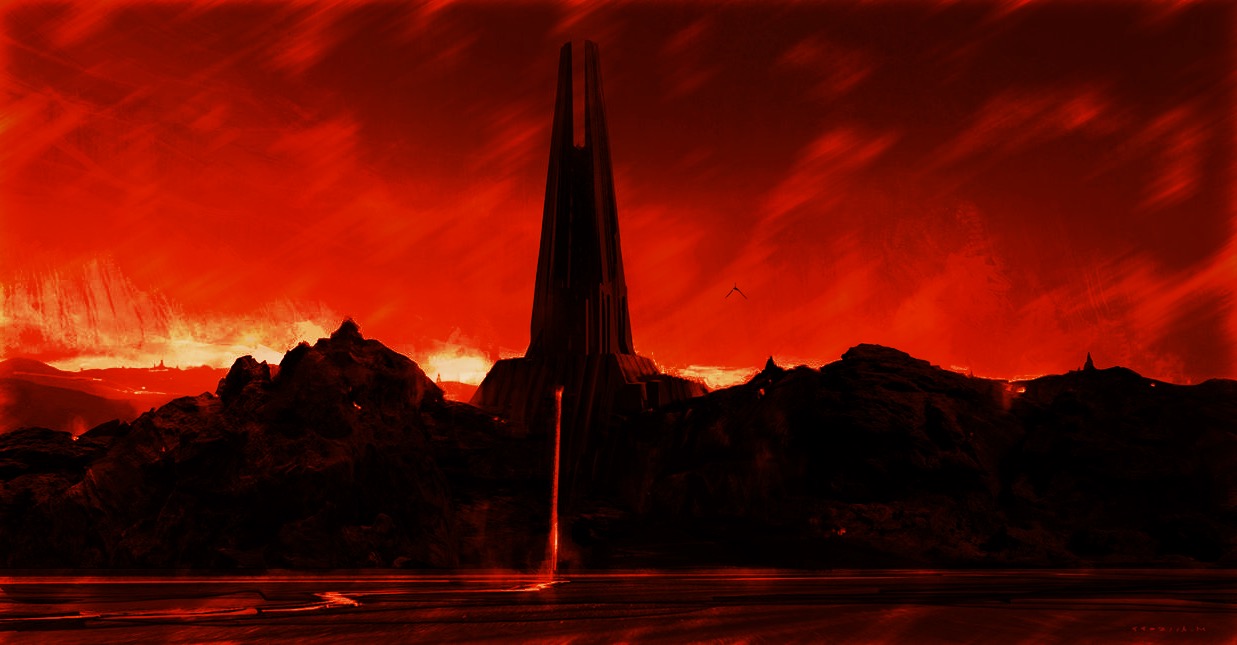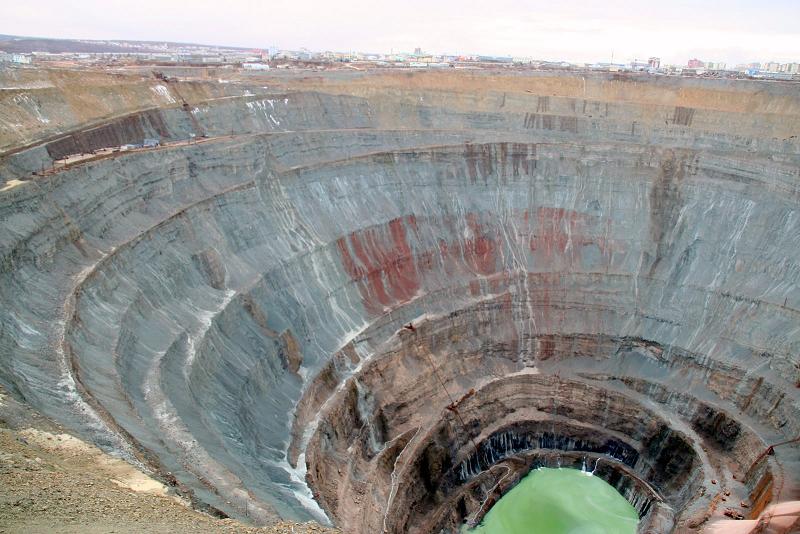DRAFT Compendium Class move for Druid
In her previous session, our Druid used an artifact of Death to bring back someone who died wrongfully. I’m working on a compendium class based on that, but I’d love some feedback.
The artifact move was created by Asbjørn H Flø. After someone commented that the effect was similar to the Fighter’s move Through Death’s Eyes, I thought it would be interesting to riff on the same theme.
—
When you use Death’s Abacus to balance the symmetry of life and death, you can choose this move instead of a move from your class the next time you gain a level.
☐ Threads of Fate
When you pause in a situation of deadly peril, name a person nearby whose death you foresee, and roll+WIS. ✴On a 10+, you gain 3 hold. ✴On a 7–9, you gain 1 hold. You may spend hold 1 for 1:
– To redirect any harm toward the person you named, by fate or misfortune; or
– To redirect any harm away from the person you named towards yourself.
If the person dies, gain 1 balance. If the person lives, mark XP.
—
The reference to “balance” is an allusion to the Druid’s class move Balance, which allows the Druid to gain hold to spend on healing. I thought I might make some other moves in the compendium class that use “balance” as well.
Through Death’s Eyes tells the player that “the GM will make your vision come true, if it’s even remotely possible”. This version gives the character XP instead, so that there is a consolation if they got it wrong.
I’m not sure if the move is quite ready yet. Let me know what you think!


